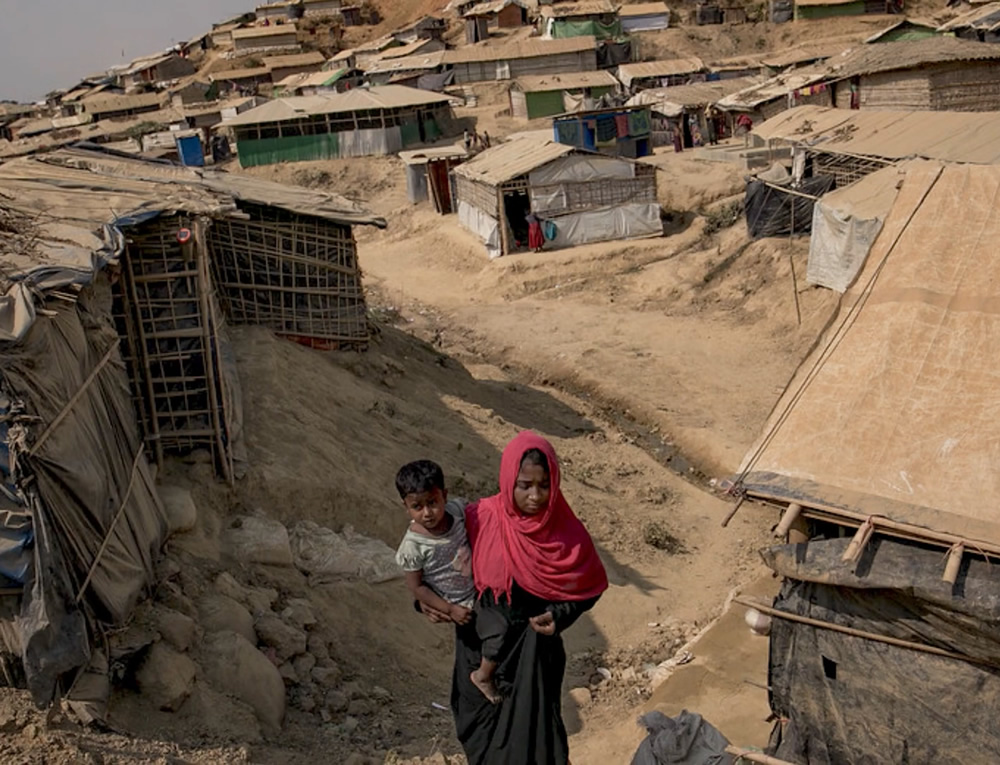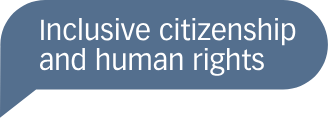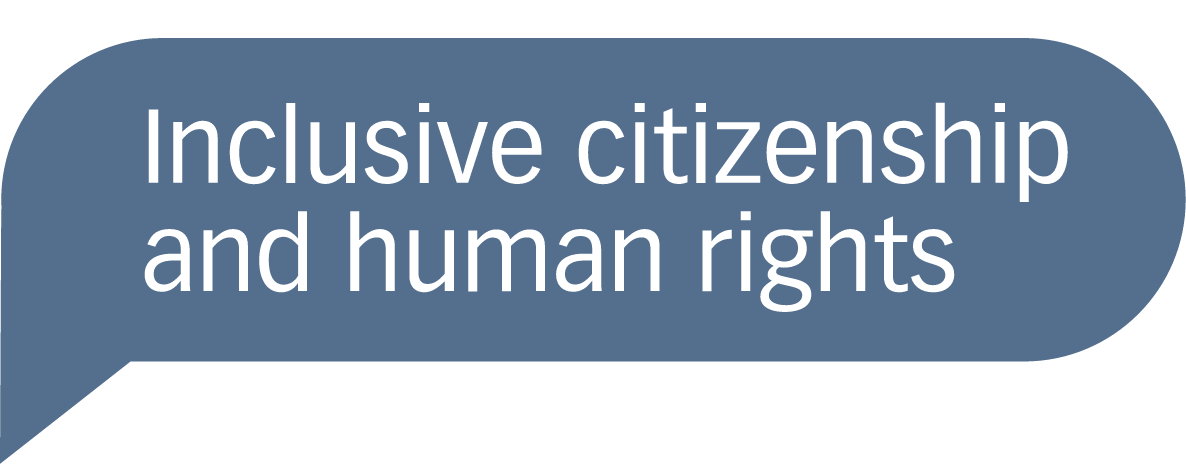
Birth registration is more than a legal formality. It is a child’s first recognition as a member of a state and society.
According to UNICEF’s 2024 report, 150 million children under 5 remain unregistered worldwide, leaving them without proof of identity. Children are particularly at risk under exclusionary citizenship policies.
On this page, we explore why birth registration matters. Not just as an administrative act, but as the foundation of citizenship, belonging, and access to fundamental rights.
Challenges to Birth Registration
A birth registration is the first official record of a child’s birth. It plays a key role in shaping the child’s identity. Without birth registration, a child lacks legal status in the eyes of the State and, for all practical purposes, may be considered invisible and unprotected.
LEGAL IDENTITY is operationally defined as the basic characteristics comprising an individual’s identity, including name, sex, and date of birth. The primary vehicle for obtaining a legal identity is through the birth registration process.
BIRTH REGISTRATION is the official recording of the occurrence and characteristics of a birth by the civil registrar within the civil registry, in accordance with the legal requirements of a country. This establishes a person’s existence under the law and provides legal proof of his or her identity.
BIRTH CERTIFICATE is a vital record, issued by the civil registrar, that documents the birth of a child. Because it is a certified extract from the birth registration record, it proves that registration has occurred – making this document the first, and often only, proof of legal identity, particularly for children.
Fernand de Varennes – Global Challenges to Birth Registration
Birth Registration & Citizenship
Birth registration forms the foundation of legal identity and is a crucial step in establishing citizenship. A birth certificate serves as official proof of a child’s birth, documenting vital information such as name, place of birth, and parentage. This documentation is essential for determining a child’s nationality, linking them to a state, and protecting them from the risk of statelessness.
For children of migrants, refugees, or those born in conflict zones, the absence of birth registration can be especially harmful. It prevents them from proving their nationality or family ties, leaving them at risk of remaining invisible in the eyes of the state. For those who live without a recognized nationality, the consequences extend far beyond individual hardship. Entire communities are affected, perpetuating a cycle of exclusion, deprivation, and discrimination that can persist across generations.
Sriprapha Petcharamesree – Birth registration & National identity
Read more on the challenges faced by Rohingya children due to lack of an official legal identity.
Impact on Human Rights
Being recognized as a person before the law is essential for lifelong protection and serves as the foundation for claiming and exercising all other rights.
When a child is not registered at birth, the consequences extend far beyond the right to acquire citizenship. It can severely limit access to essential services such as healthcare, education, and employment, as well as legal entitlements such as marriage, inheritance, voting, and freedom of movement. Unregistered children are particularly vulnerable to exclusion, often denied education and medical care. Such deprivations can have lasting effects not only on their individual futures but also on the well-being and development of their communities.
Fahmina Karim – No education: Lost generation
Reflective Question:
How does the absence of birth registration serve as an early indicator of a child’s vulnerability and marginalization, and what does this mean for their legal and social protection in your country?
Related Resources
Find digital tools produced in cooperation with partners and researchers from different regions.
Coverphoto: by Andrew Renneisen/Getty Images



